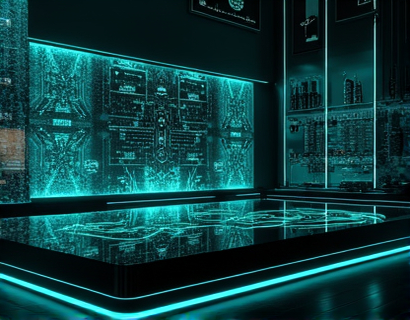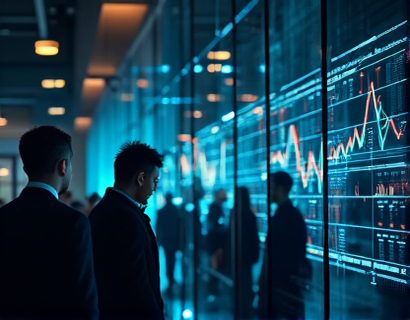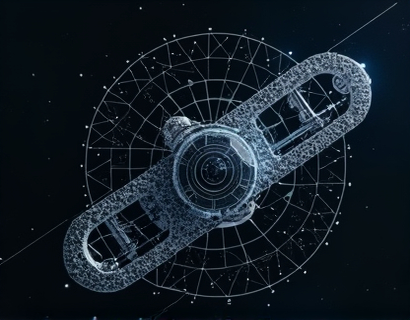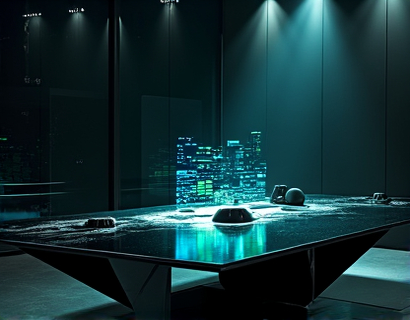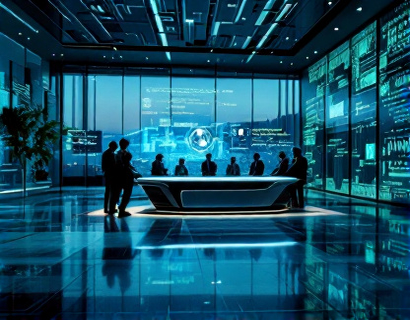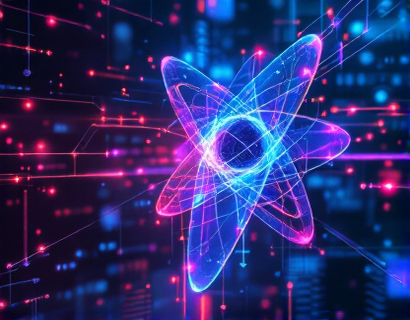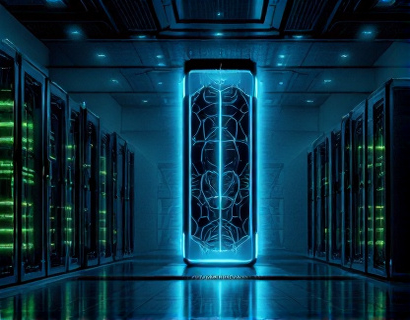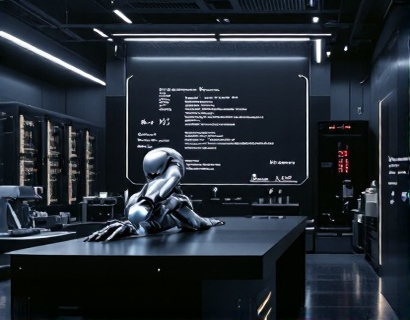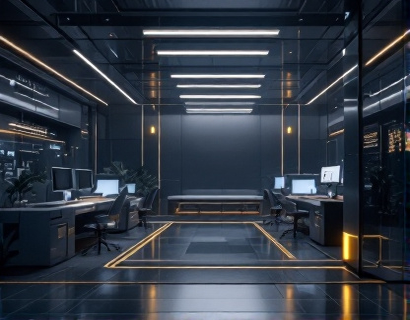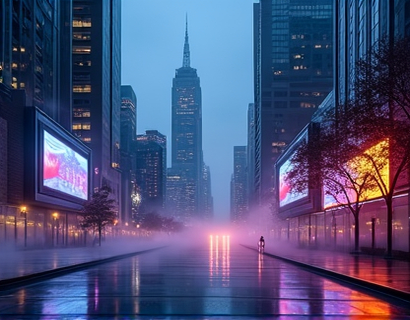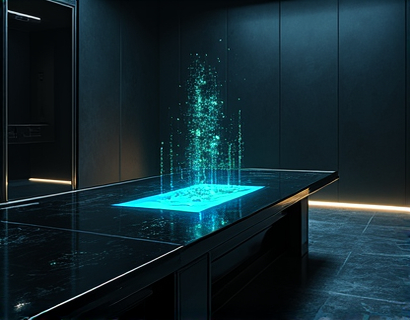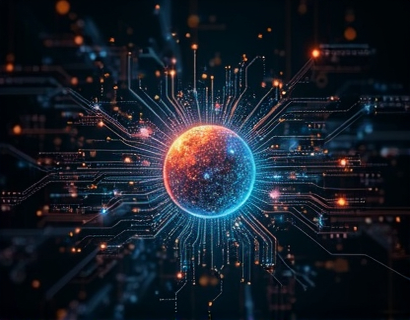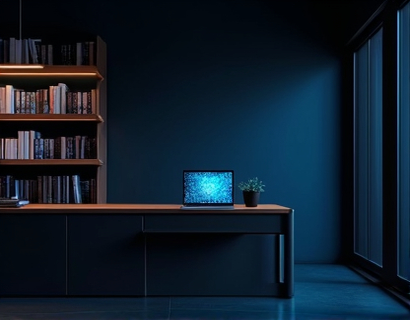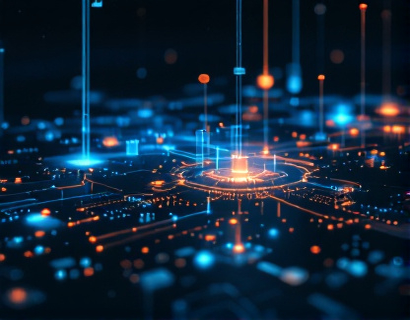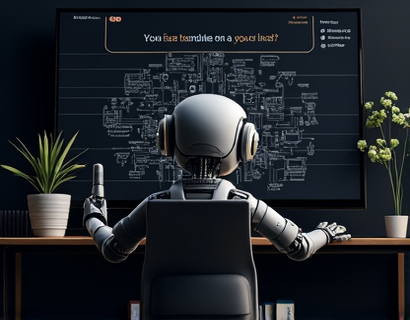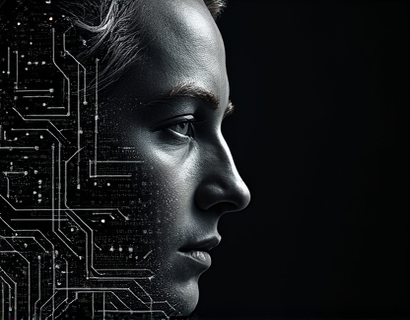Advanced Lighting and Sound Hardware Solutions: Revolutionizing Event Production with Cutting-Edge Control Technology
In the dynamic world of event production, the integration of advanced lighting and sound hardware solutions has become pivotal in delivering unforgettable experiences. The ability to seamlessly control and manage these systems is crucial for event planners and production managers aiming to maximize the audio-visual impact of their events. This article delves into the transformative power of cutting-edge hardware management software, designed to streamline and enhance control over lighting and sound systems, ensuring seamless integration and optimal performance.
The evolution of event technology has brought about significant advancements in how lighting and sound are managed during events. Traditional methods of controlling these elements were often cumbersome, requiring extensive technical knowledge and manual adjustments. The introduction of sophisticated software solutions has revolutionized this process, offering unparalleled reliability, ease of use, and creative flexibility. These tools empower event professionals to focus more on the artistic aspects of their productions, knowing that the technical foundation is robust and efficient.
Enhancing Control and Integration
One of the primary benefits of advanced hardware management software is the enhanced control it provides over lighting and sound systems. These solutions offer a centralized interface where all devices can be managed from a single point, eliminating the need for multiple controllers and reducing the complexity of the setup. This centralized approach not only simplifies the user experience but also ensures that all components work in harmony, reducing the risk of technical issues during critical moments of the event.
Integration is another key aspect where these software solutions excel. Modern lighting and sound systems often come with their own proprietary protocols and interfaces, making integration a challenging task. Advanced hardware management software acts as a bridge, supporting a wide range of protocols including DMX, Art-Net, OSC, and more. This versatility ensures that devices from different manufacturers can communicate seamlessly, creating a cohesive and professional audio-visual environment.
Streamlining Workflows
The streamlining of workflows is a significant advantage of using advanced hardware management software. Event planners and production managers can save considerable time and effort by automating routine tasks such as device discovery, configuration, and scheduling. These tasks, which previously required manual intervention, are now handled efficiently by the software, allowing teams to allocate their resources more effectively.
Automation features within these software solutions enable the creation of custom scenes and transitions, which can be triggered by specific events or timelines. For instance, a lighting sequence can be programmed to synchronize with the music's beat or a video montage, enhancing the overall narrative and emotional impact of the performance. This level of precision and control ensures that every moment of the event is executed flawlessly, contributing to a memorable experience for the audience.
Optimizing Performance and Reliability
Reliability is paramount in event production, and advanced hardware management software plays a crucial role in ensuring that lighting and sound systems perform consistently. These solutions often include robust error detection and correction mechanisms, allowing for real-time monitoring and adjustment of system parameters. This proactive approach helps prevent technical failures and downtime, which can be disastrous for the event's success.
Furthermore, the software's ability to log and analyze system performance data provides valuable insights for future events. By reviewing this data, production teams can identify potential issues before they occur, optimize system configurations, and refine their workflows. This continuous improvement cycle contributes to higher overall performance and reliability, setting a new standard in event production.
User-Friendly Interfaces
The user-friendly interfaces of advanced hardware management software make them accessible to a wide range of users, from seasoned professionals to those new to event production. Intuitive design and clear navigation reduce the learning curve, allowing teams to become proficient quickly. This accessibility is particularly beneficial for smaller production companies or independent event planners who may not have extensive technical resources at their disposal.
Visual aids such as drag-and-drop functionality, graphical representations of the stage layout, and real-time previews of lighting and sound effects enhance the user experience. These features enable users to visualize and adjust their setups with precision, ensuring that the final presentation aligns with their creative vision.
Scalability and Flexibility
Scalability is a critical factor for event production, as events can range from small intimate gatherings to large-scale festivals. Advanced hardware management software is designed to scale with the needs of the event, supporting a variety of system sizes and complexities. Whether managing a few speakers and lights for a corporate meeting or thousands of devices for a music festival, these solutions adapt seamlessly to different requirements.
Flexibility is another hallmark of these software solutions. They can be tailored to fit specific event formats and requirements, whether it's a theater production, a concert, or a trade show. This adaptability ensures that the software remains relevant and useful across diverse industries and applications, providing a versatile tool for event professionals.
Enhancing Creativity and Innovation
The true power of advanced hardware management software lies in its ability to enhance creativity and innovation in event production. By providing a robust and reliable technical foundation, these tools empower creatives to push the boundaries of what is possible. The ability to experiment with complex lighting and sound designs, knowing that the underlying system can handle the demands, opens up new avenues for artistic expression.
Interactive elements and dynamic effects, once challenging to implement, are now within reach thanks to these software solutions. For example, motion-sensitive lighting that responds to audience movement or sound-reactive visuals that evolve with the music create immersive experiences that engage and captivate the audience. These innovative features not only elevate the event but also leave a lasting impression on attendees.
Future-Proofing Event Production
As technology continues to advance, the importance of future-proofing event production cannot be overstated. Advanced hardware management software is designed with future compatibility in mind, supporting emerging protocols and technologies. This forward-thinking approach ensures that investments in lighting and sound systems remain relevant and upgradable, avoiding the need for frequent replacements or overhauls.
Moreover, the integration of IoT (Internet of Things) and AI (Artificial Intelligence) into these software solutions paves the way for smarter, more intuitive event management. For instance, AI-driven analytics can predict system performance and suggest optimizations, while IoT connectivity allows for remote monitoring and control, enhancing operational efficiency.
Conclusion
In conclusion, advanced lighting and sound hardware management software represents a significant leap forward in event production technology. By streamlining workflows, enhancing control and integration, optimizing performance, and fostering creativity, these solutions offer unparalleled benefits to event planners and production managers. As the industry continues to evolve, embracing these cutting-edge tools will be essential for delivering exceptional audio-visual experiences that resonate with audiences worldwide.



